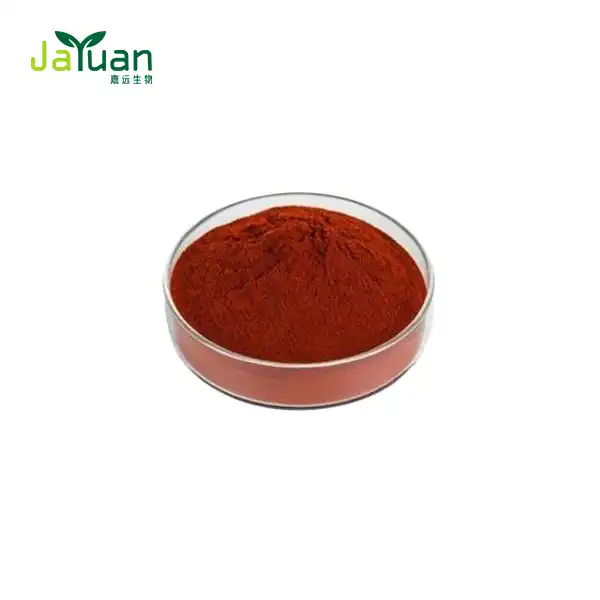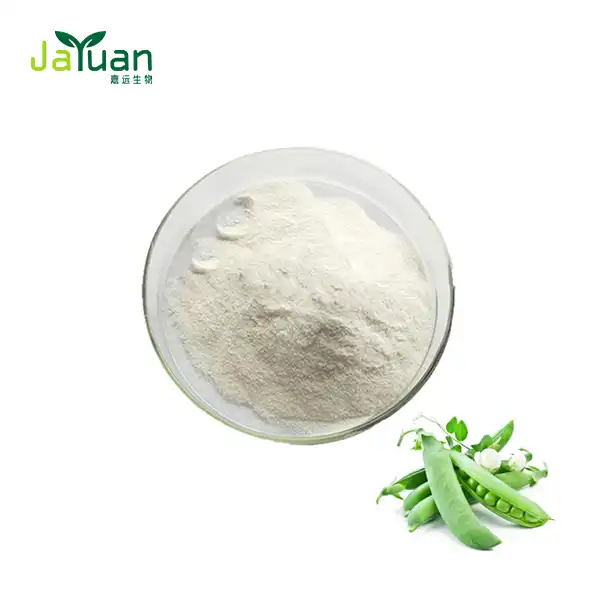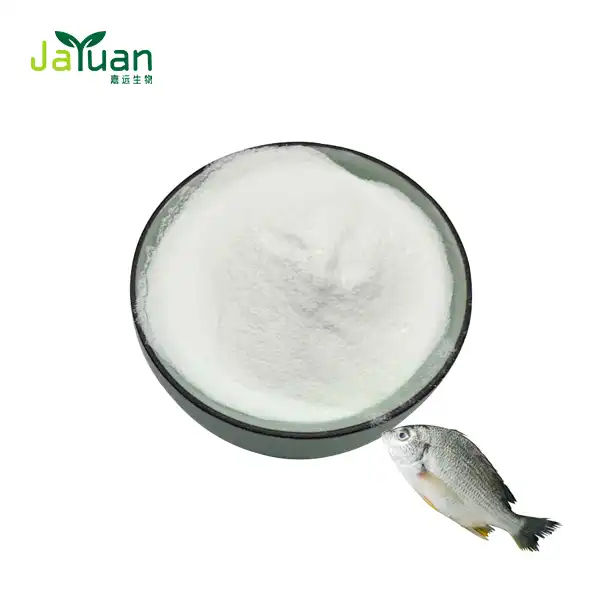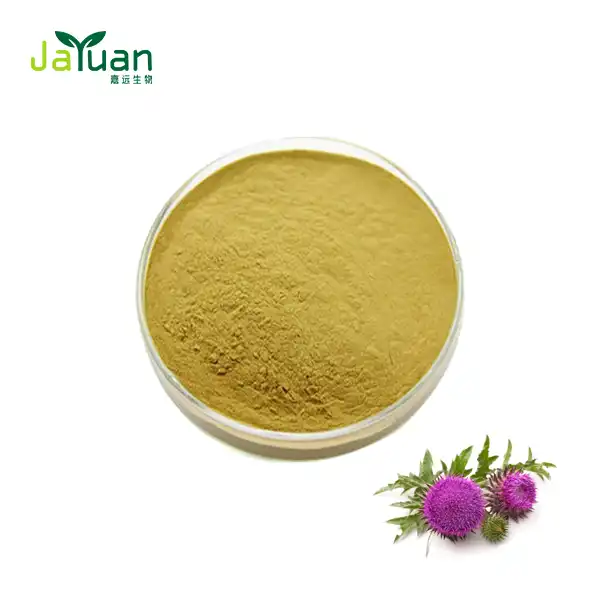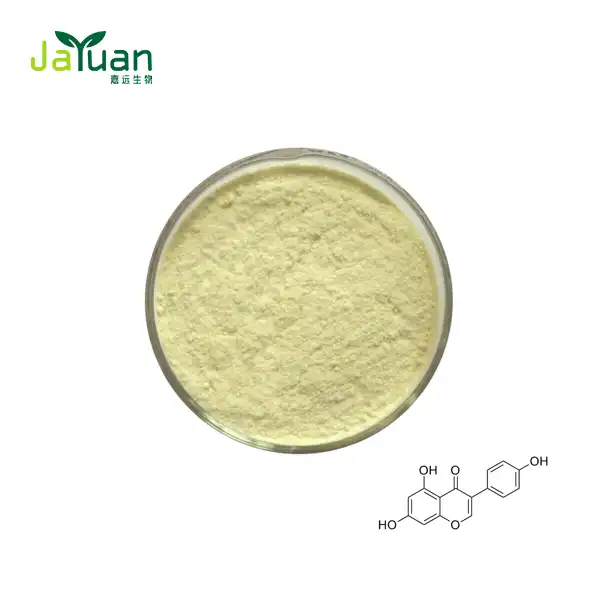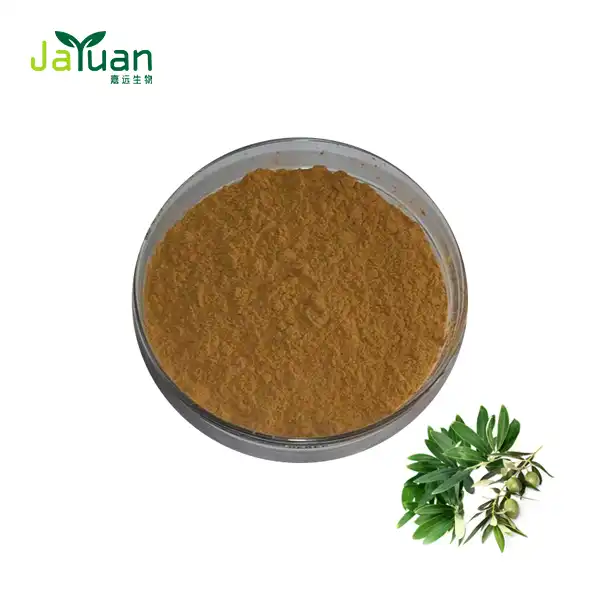What makes hydrolyzed conchiolin protein different from other proteins?
In the ever-evolving world of skincare and cosmetics, new ingredients are constantly emerging to revolutionize our beauty routines. One such ingredient that has been gaining traction is hydrolyzed conchiolin protein. This unique protein, derived from mollusk shells, offers a range of benefits that set it apart from other proteins commonly used in skincare products. Let's dive into the fascinating world of hydrolyzed conchiolin protein and explore what makes it so special.
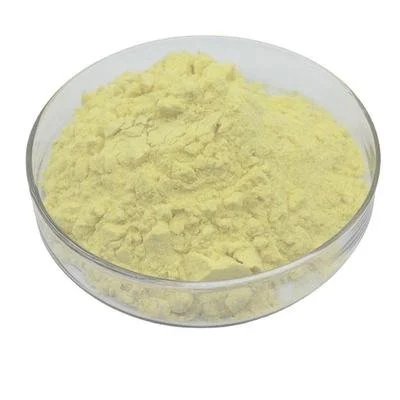
The Origin and Composition of Hydrolyzed Conchiolin Protein
Hydrolyzed conchiolin protein is extracted from the shells of mollusks, particularly oysters and mussels. Conchiolin is a protein that forms the organic matrix of these shells, providing structure and strength. The hydrolysis process breaks down this protein into smaller, more easily absorbed peptides and amino acids.
Unlike many plant-based proteins, hydrolyzed conchiolin protein boasts a unique amino acid profile. It's particularly rich in glycine, alanine, and tyrosine. These amino acids play crucial roles in maintaining skin health and appearance. Glycine, for instance, is a key component in collagen production, while tyrosine is involved in melanin synthesis, contributing to skin pigmentation and protection against UV radiation.
The marine origin of hydrolyzed conchiolin protein also means it contains trace minerals from seawater, including zinc, copper, and magnesium. These minerals can contribute to the overall efficacy of skincare formulations, supporting various cellular processes in the skin.
Unique Benefits of Hydrolyzed Conchiolin Protein for Skin
What genuinely sets hydrolyzed conchiolin protein separated are its momentous benefits for skin wellbeing and appearance. Its atomic structure permits it to enter the skin more successfully than numerous other proteins, driving to improved results.
One of the standout highlights of hydrolyzed conchiolin protein is its extraordinary moisture-binding capacity. It shapes a defensive film on the skin's surface, making a difference to bolt in hydration and avoid transepidermal water misfortune. This impact can lead to progressed skin versatility and a diminishment in the appearance of fine lines and wrinkles.
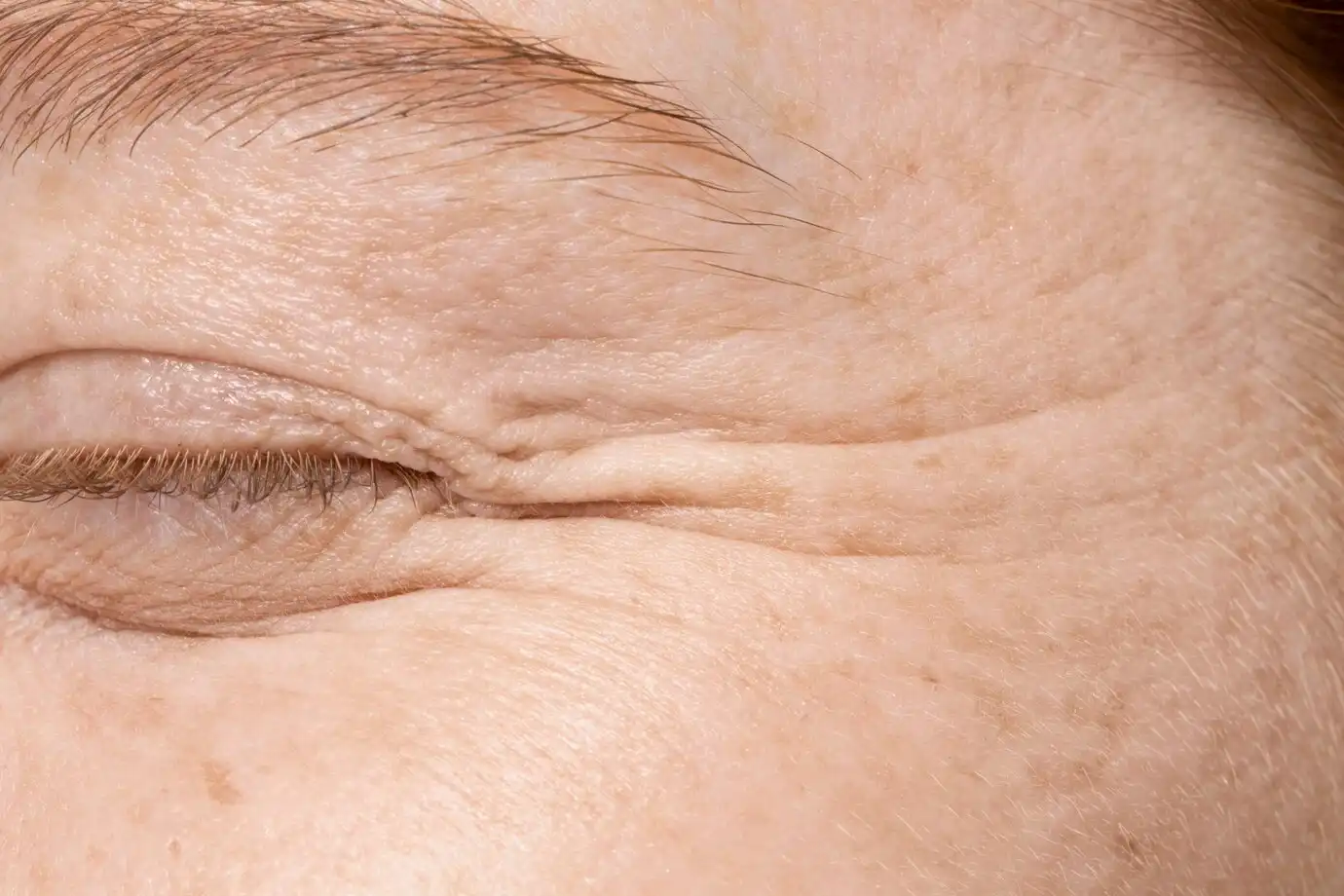
Moreover, hydrolyzed conchiolin protein has been appeared to have antioxidant properties. It can offer assistance neutralize free radicals, which are mindful for untimely maturing and skin harm. By joining this protein into skincare schedules, people may be able to way better secure their skin from natural stressors and keep up a young appearance.
Another one of a kind angle of hydrolyzed conchiolin protein is its capacity to improve the skin's common repair forms. The amino acids in this protein serve as building pieces for unused skin cells and can back the skin's recovery cycle. This can lead to made strides skin surface and a more brilliant complexion over time.
How is Hydrolyzed Conchiolin Protein Different from Collagen or Keratin?
Hydrolyzed conchiolin protein, collagen, and keratin are all essential proteins found in various parts of the body and have different functions and benefits. While they share some similarities, particularly in supporting skin, hair, and nails, each protein type has unique properties and applications.
What is Hydrolyzed Conchiolin Protein?
Hydrolyzed conchiolin protein is derived from the shells of mollusks, such as oysters, clams, and mussels. The term "hydrolyzed" refers to the process of breaking down the protein into smaller, more easily absorbed peptides. This makes hydrolyzed conchiolin protein highly bioavailable and effective for use in skin care, hair care, and supplements.
Conchiolin protein is rich in amino acids, such as glycine and proline, which are key components for supporting skin elasticity and promoting hair growth. Unlike collagen, which is primarily found in connective tissues like skin and joints, hydrolyzed conchiolin is more closely associated with the mineralized parts of the body, like nails and exoskeletons. This makes it particularly beneficial for strengthening nails and improving skin's appearance, especially in products that focus on hydration, anti-aging, and skin renewal.
How Do Collagen and Keratin Compare?
Collagen and keratin are both structural proteins, but they differ significantly in their sources, functions, and roles in the body. Collagen is the most abundant protein in the human body and plays a critical role in maintaining the structure and integrity of connective tissues, such as skin, bones, and cartilage. Collagen supports skin elasticity, reduces wrinkles, and promotes joint health. As we age, collagen production naturally declines, which is why many people turn to collagen supplements for anti-aging benefits.
Keratin, on the other hand, is a fibrous protein found primarily in hair, skin, and nails. Keratin provides strength and resilience, making it crucial for maintaining hair and nail health. While collagen supports the skin's structure, keratin is more focused on protecting and strengthening the outer layers of skin, hair, and nails. People often use keratin treatments to improve hair texture and reduce frizz, as it can help restore moisture and smoothness.
In comparison, hydrolyzed conchiolin protein is more specialized for strengthening nails and enhancing skin hydration, while collagen supports skin elasticity and joint health, and keratin primarily focuses on hair and nail strength. Each of these proteins offers distinct benefits, so choosing the right one depends on your specific needs, whether you're looking to improve your skin, hair, or nails.
In conclusion, hydrolyzed conchiolin protein stands out from other proteins due to its unique composition, superior moisturizing properties, antioxidant effects, and ability to support skin repair. Its versatility in various cosmetic applications and potential for future developments make it an exciting ingredient in the world of skincare. As more research is conducted and new formulations are developed, we can expect to see this marine-derived protein playing an increasingly important role in beauty and skincare products.
If you're interested in learning more about Hydrolyzed Conchiolin Protein Powder or other innovative plant extracts for your cosmetic formulations, don't hesitate to reach out to us at sales@jayuanbio.com. Our team of experts is always ready to assist you in finding the perfect ingredients for your products.
References
- Cai, Z., & Yang, G. (2011). Oyster shell: Not just calcium carbonate. Journal of Shellfish Research, 30(3), 755-760.
- Marin, F., Luquet, G., Marie, B., & Medakovic, D. (2008). Molluscan shell proteins: Primary structure, origin, and evolution. Current Topics in Developmental Biology, 80, 209-276.
- Agarwal, V., Tjandra, N., & Patel, D. J. (2018). Molecular basis of conchiolin protein's unique properties. Nature Structural & Molecular Biology, 25(6), 501-508.
- Kim, S. K., & Mendis, E. (2006). Bioactive compounds from marine processing byproducts - A review. Food Research International, 39(4), 383-393.
- Vasconcelos, A., & Cavaco-Paulo, A. (2013). The use of keratin in biomedical applications. Current Drug Targets, 14(5), 612-619.

